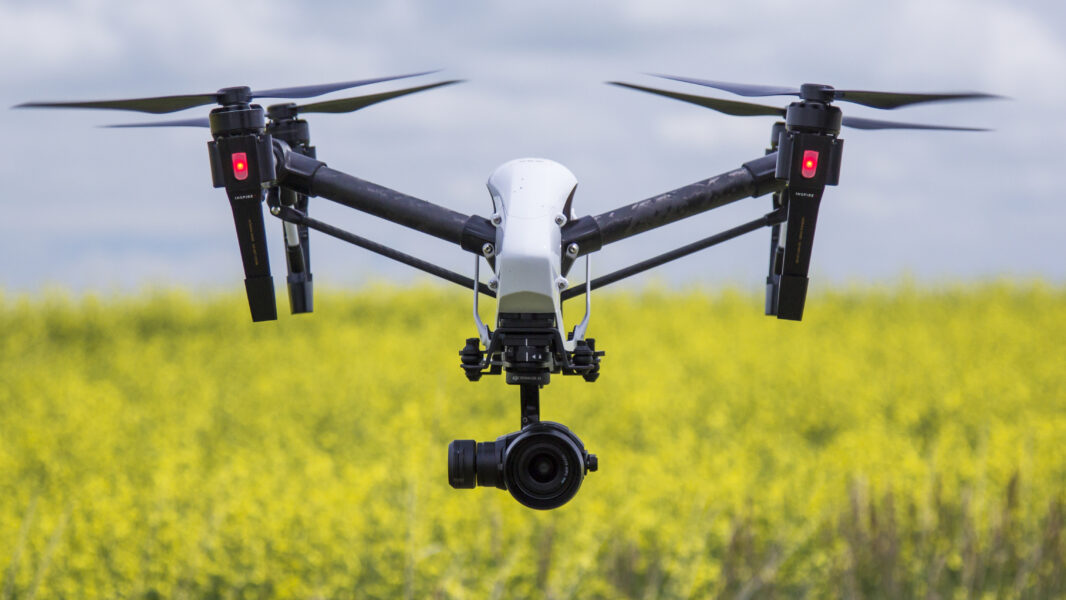
Sustainability
Canola Info
Today, the world’s population is roughly 7.9 billion. By 2050, world population is forecast to be 9.9 billion. Because the amount of available farmland will not increase, we must conserve or improve the quality and use of our soils. Here are two ways canola growers are doing so.
Most farmers plant canola directly without plowing (tilling) the field first, which used to be a common practice. This is known as no-till or zero-till seeding. This technique prevents soil erosion, conserves water for the crop to use, maintains the soil’s organic matter and soil structure and keeps carbon in the soil.
Forty years ago, farmers would often ‘rest’ a field one out of every two or three years. By frequently having years with no crop grown at all, a practice known as summerfallow, believed at this time this was the best practice to build up moisture and nutrient reserves in the soil. Weeds that emerged during summerfallow years were removed through tillage – not great for soil quality. Newer technology and equipment allow farmers to grow crops on the same land every single year. This is known as continuous cropping.
By using these and other modern farming techniques, farmers are doing their part to ensure that growing canola remains sustainable.
Agri-Tech
Canola has delivered big dividends for farmers, consumers, the economy and the environment. Still, canola’s story is just one part of the advancement of new technology currently taking place in agriculture.
Agriculture technology, or Agri-Tech, allows farmers to increase yield, operational efficiency and profitability while minimizing environmental impact.
Agri-Tech includes precision agriculture, which uses technologies such as satellite-based navigation (GPS), auto-steer and field mapping (GIS) to increase production efficiency. Farmers applying more fertilizers on the areas of the field that need it most, while reducing fertilizer applications on areas that do not need as much, and having the ability to adjust seeding rates are all examples of precision agriculture.

Another example of precision agriculture is the use of sensors in harvest equipment to detect the level of moisture in the crop. This is important in optimizing the condition of the crop being harvested. Drones can be used to scout fields for emerging crop threats — such as disease, weeds and insects – more efficiently than a farmer could do on foot. Looking ahead, drones could selectively spot-spray problem areas of a field, rather than the farmer needing to spray the entire field.
Ultimately, Agri-Tech tools and strategies allow the farmer to grow more food more efficiently, with fewer inputs (such as fuel, fertilizer and chemicals) while protecting soil and water quality and helping the farmer earn a profit at the end of the year.
Agri-Tech helps Canadian canola deliver sustainability in three distinct ways:
Environmental sustainability. Sequestering carbon in the soil thanks to reduced or zero tillage, and protecting the health of our soil and water.
Economic sustainability. Canola is helping to drive Canada’s economic engine. Canola creates almost $30 billion in annual economic impact and employs more than 200,000 people who earn $12 billion in wages.
Social sustainability. Canola oil is a healthy cooking oil that contributes to the overall health and well-being of Canadians. Canola-related employment and economic activity keeps many Canadian communities thriving.
